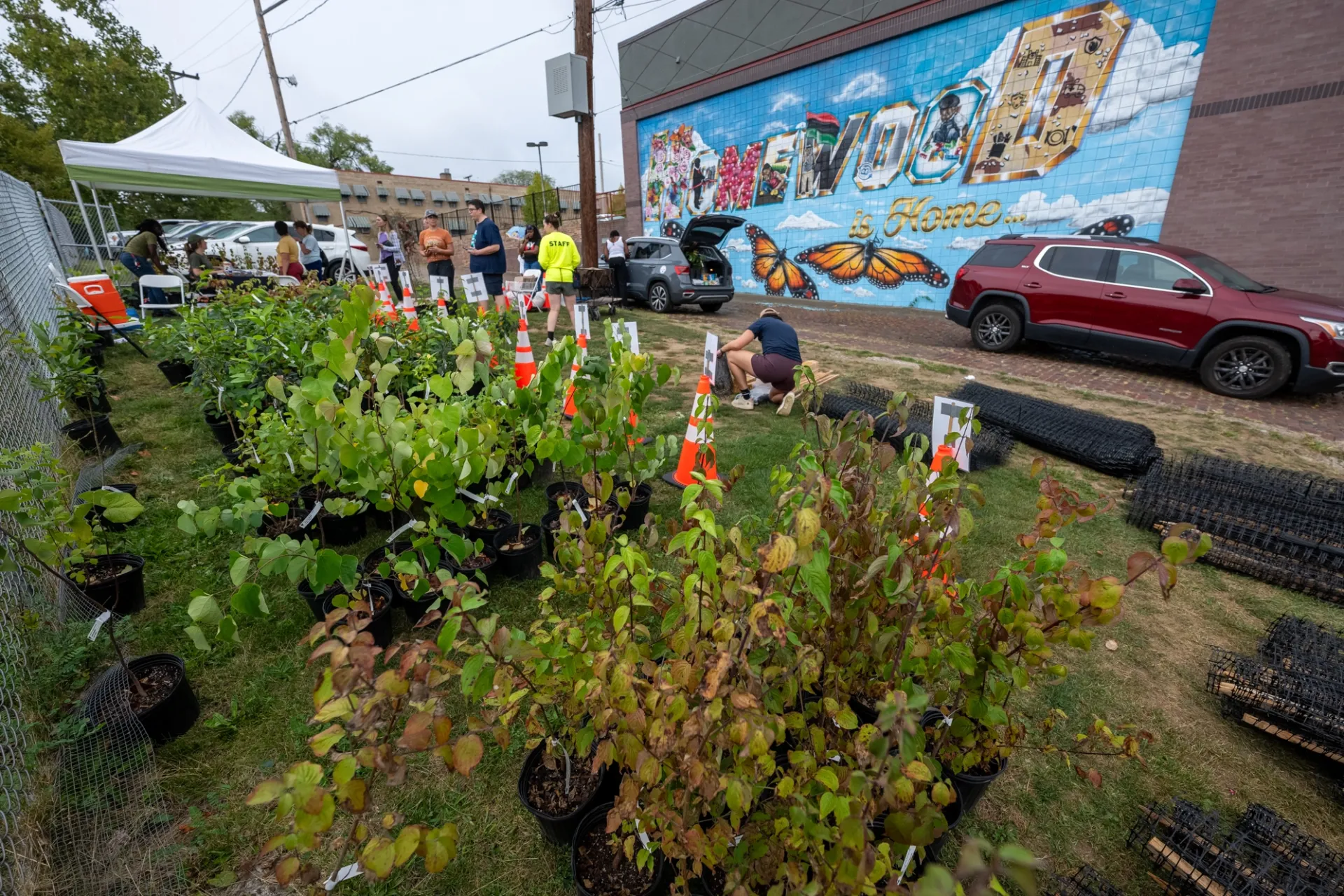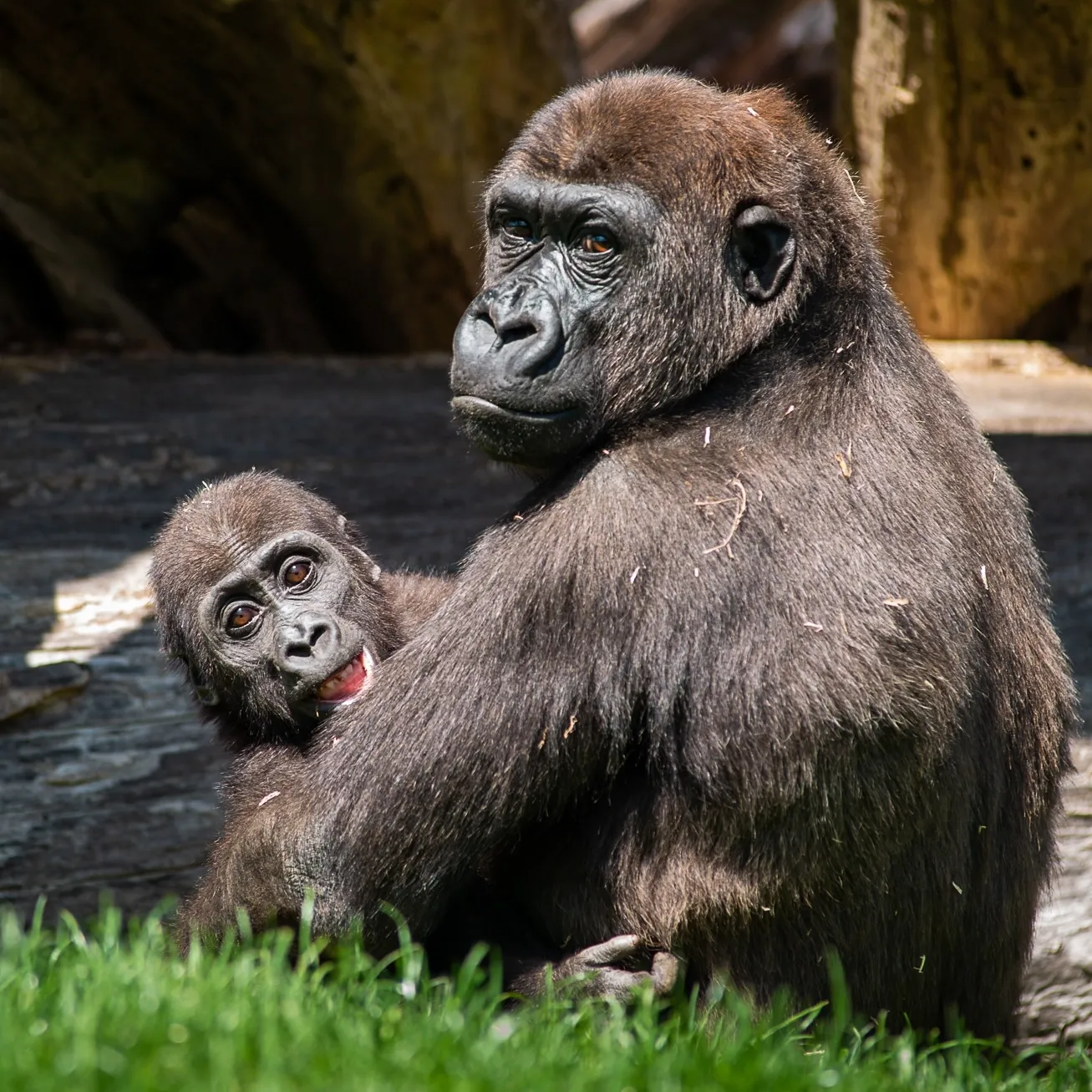Local Action
Our conservation work embraces conservation opportunities in our city and region! Our local conservation projects, in collaboration with regional partners, are transforming landscapes into habitats that benefit animals and humans alike!
We partner with Tree Pittsburgh and other local partners to support tree canopies in the region. This work builds on the tree sapling distribution with the community through educational engagements and participatory action.
Through local habitat conservation with our partners, we take action for biodiversity loss, watershed conservation, and climate change.
Docent Pollinator Garden
A typical backyard garden in the Northeastern United States could host 30 different species of bees. In addition to bees, there are other animals that help with pollination like beetles, flies, bats, moths, butterflies, wasps, hummingbirds, some small mammals, and even mosquitoes. Some of these plant and pollinator relationships are so specialized that if one disappears, the other may be one generation away from extinction.
Our Zoo docents maintain an onsite pollinator garden to attract and support these key players in the ecosystem. You can join in their effort by creating a pollinator garden of your own.

Support wildlife with your landscaping practices!
Songbird and insect declines are in serious decline in North America. Besides habitat loss, insecticides and other harmful practices (such as night lights) lead to loss of insects, especially caterpillars, that support bird populations. You can take action and help reverse this decline by planting habitat-providing trees, shrubs, and other plants that support insects and birds. These actions can be at any scale you can manage—from a plant pot to your front or backyard.
Some simple steps can get you started!
- Plant native trees, shrubs, or other plants that support native wildlife.
- Eliminate pesticides whenever possible.
- Leave the Leaves in the fall to provide winter cover.
- Replace or reduce grassy lawns to native wildlife habitats (trees, shrubs, or other plants).
Landscaping with native plants have the added benefits of improving water quality, less air pollution, less time investment and cost in the long run. Interested in getting started? See below and join our efforts!
Resources: Get Started Planting Native
Homegrown National Parks resource on planting native
Conservation
To make the world better for wildlife, the Pittsburgh Zoo & Aquarium serves as a leader in uniting people to take conservation action.



